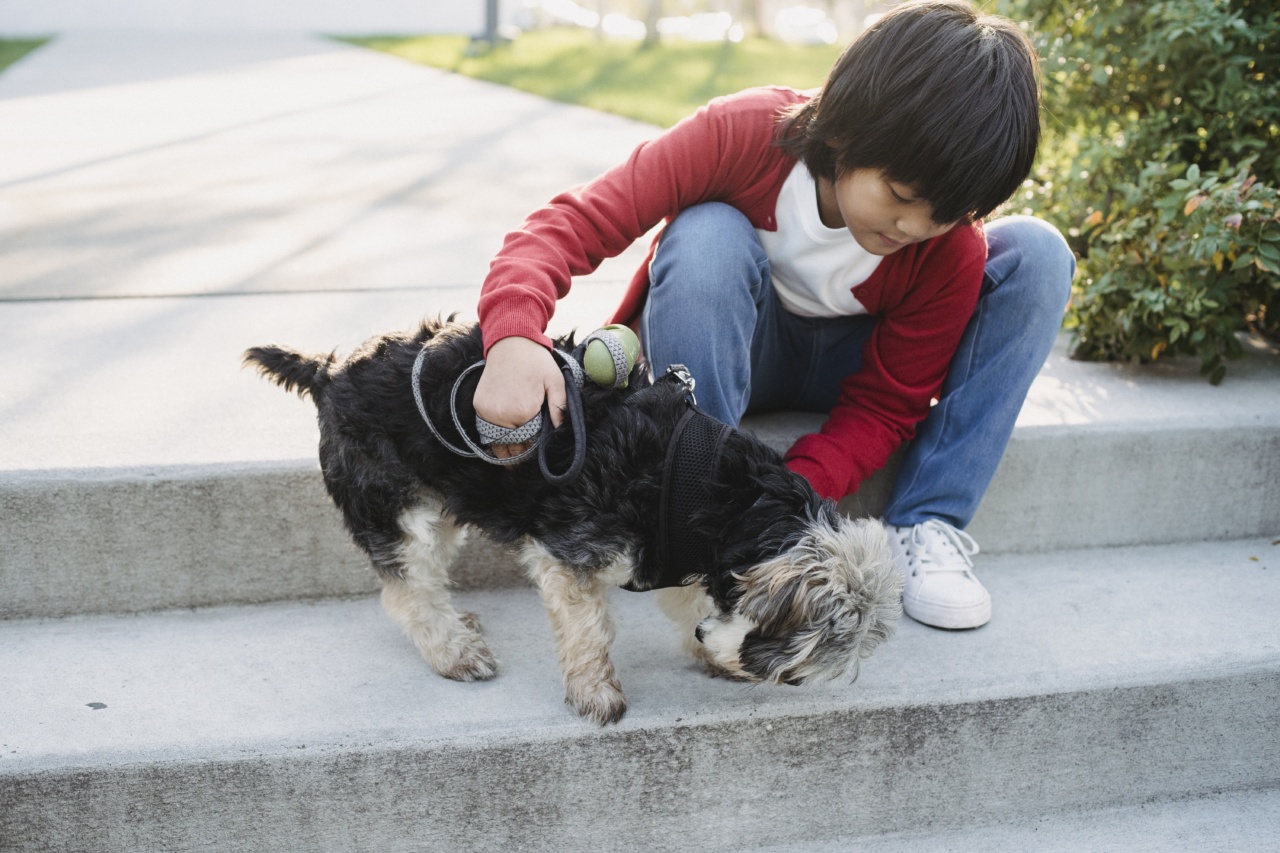For decades, dogs have been assisting humans in many ways, including protection, hunting, and providing companionship. But did you know that dogs can also help in detecting cancer cells through their sense of smell?.
What Makes Dogs So Good at Smelling?
Dogs have an amazing ability to smell things that humans cannot, thanks to their highly developed olfactory system. The part of a dog’s brain that receives and processes odor information is about 40 times larger than that of a human.
This means that a dog’s sense of smell is about 1,000 times more sensitive than ours.
In addition, dogs have a specialized structure inside their noses called the vomeronasal organ (VNO). This organ is specifically designed to detect pheromones – chemicals that animals release to communicate with each other.
How Do Dogs Detect Cancer Cells?
Cancer cells release a distinct odor that is different from healthy cells. While this odor is not detectable by humans, dogs can easily pick it up using their sense of smell.
To train a dog to detect cancer cells, a sample of the cancer, along with a sample of healthy tissue, is presented to the dog. The dog is then trained to differentiate between the two samples by sniffing at them.
Once the dog has learned to identify the cancer cells, it can then detect the odor of cancer cells in a patient’s breath, urine, or blood.
Which Types of Cancer Can Dogs Detect?
Research has shown that dogs can detect various types of cancer, including:.
- Breast cancer
- Lung cancer
- Ovarian cancer
- Bowel cancer
- Bladder cancer
- Melanoma
While the research is still in its early stages, there is evidence to suggest that dogs can detect cancer cells with a high degree of accuracy.
For example, a study published in the Journal of Urology found that specially trained dogs were able to detect prostate cancer in urine samples with an accuracy rate of 98%.
Why Are Dogs Good at Detecting Cancer Cells?
There are several reasons why dogs are so good at detecting cancer cells:.
- Dogs have a highly developed sense of smell.
- Dogs have been bred to work closely with humans and are highly trainable.
- Dogs are non-invasive, meaning they can detect cancer cells without the need for invasive procedures.
- Dogs can detect cancer cells at an early stage, increasing the chances of successful treatment.
What Are the Benefits of Using Dogs to Detect Cancer Cells?
There are several benefits to using dogs to detect cancer cells:.
- Early detection of cancer can lead to earlier treatment and better outcomes for patients.
- Using dogs to detect cancer cells is non-invasive and painless for patients.
- Dogs can detect cancer cells with a high degree of accuracy, potentially leading to fewer false positives.
- Using dogs to detect cancer cells is a cost-effective and less time-consuming alternative to traditional diagnostic methods.
Are There Any Limitations to Using Dogs to Detect Cancer Cells?
While using dogs to detect cancer cells shows great promise, there are some limitations to this approach:.
- The use of dogs to detect cancer cells is still in the early stages of research, and more studies are needed to confirm their accuracy and effectiveness.
- It is not yet clear which types of cancer are most easily detected by dogs, and more research is needed in this area.
- Training dogs to detect cancer cells is a time-consuming and costly process, which may not be feasible for all healthcare facilities.
- There is the risk that dogs may become tired, bored, or distracted during testing, which could affect their ability to detect cancer cells accurately.
Conclusion
The use of dogs to detect cancer cells shows great promise as a non-invasive, cost-effective, and accurate method of early cancer detection. While more research is needed in this area, the potential benefits of this approach are significant.
With their highly developed sense of smell and trainable nature, dogs may hold the key to improving cancer diagnosis and treatment in the years to come.


























